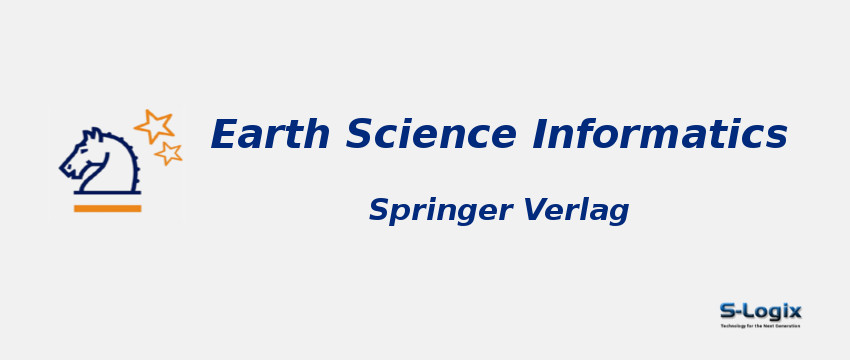Journal Home: Journal Homepage
Editor-in-Chief: Hassan A. Babaie
Print ISSN: 1865-0473
Electronic ISSN: 1865-0481
Abstracting and Indexing: Science Citation Index Expanded, Scopus.
Imapct Factor 2024: 3.0
Subject Area and Category: Geology and Earth Sciences
Publication Frequency: Quarterly
H Index: 44
Q1:
Q2: Earth and Planetary Sciences (miscellaneous)
Q3:
Q4:
Cite Score: 5.2
SNIP: 0.970
Journal Rank(SJR): 0.635
Latest Articles: Latest Articles in Earth Science Informatics
Guidelines for Authors: Earth Science Informatics Author Guidelines
Paper Submissions: Paper Submissions in Earth Science Informatics
Publisher: Springer Heidelberg
Country: Germany
